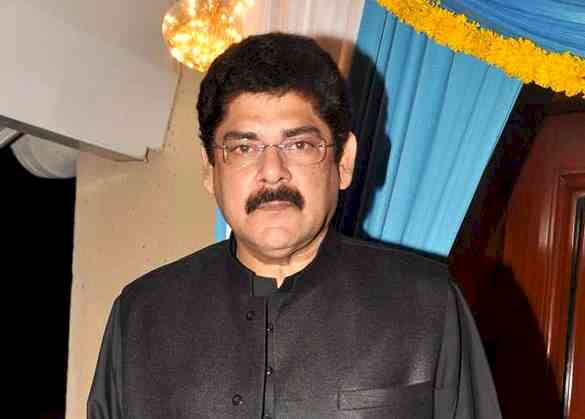Pankaj Dheer joins the cast of Sony SAB’s ‘Dhruv Tara’ as Dhruv’s father who is a stern patriarch
Sony SAB's 'Dhruv Tara - Samay Sadi Se Pare' is an interesting story of love and time travel. The high-octane drama between Maharani Tara (Riya Sharma) and her brother Mahaveer (Krishna Bharadwaj) ends with Dhruv (Ishaan Dhawan) and Tara escaping the 17th century, however, a glitch in the matrix throws them into the 19th century where they are born once again in a different ear as Dhruv and Tara. The story then moves 20 years ahead, bringing new characters and a new storyline.

Sony SAB's 'Dhruv Tara - Samay Sadi Se Pare' is an interesting story of love and time travel. The high-octane drama between Maharani Tara (Riya Sharma) and her brother Mahaveer (Krishna Bharadwaj) ends with Dhruv (Ishaan Dhawan) and Tara escaping the 17th century, however, a glitch in the matrix throws them into the 19th century where they are born once again in a different ear as Dhruv and Tara. The story then moves 20 years ahead, bringing new characters and a new storyline.
As a fresh chapter unfolds in the love story of Dhruv-Tara, they are joined by new actors and characters. One such actor is veteran performer Pankaj Dheer, who will be portraying the role of Dhruv’s father Giriraj. A stern and punctual man, Giriraj is known for his strict adherence to rules and regulations. His character completely contrasts with his younger son, Dhruv, who is lazy, and rebellious. This causes clashes between the father-son duo.
Pankaj Dheer, who will be essaying the role of Giriraj, says, " I am enjoying my look which is of a typical 19th century aristocrat. As an actor, it is always thrilling and challenging to keep experimenting with new roles and I am looking forward to connect with the audience as Giriraj. His discipline and rules create a dynamic tension with his son Dhruv, whose rebellious nature is a stark contrast. I'm thrilled to bring this character to life and explore the complexities of a father-son relationship set against the backdrop of the 19th century."


 City Air News
City Air News 








